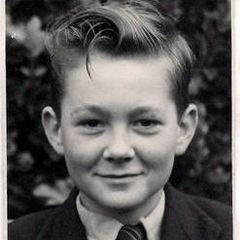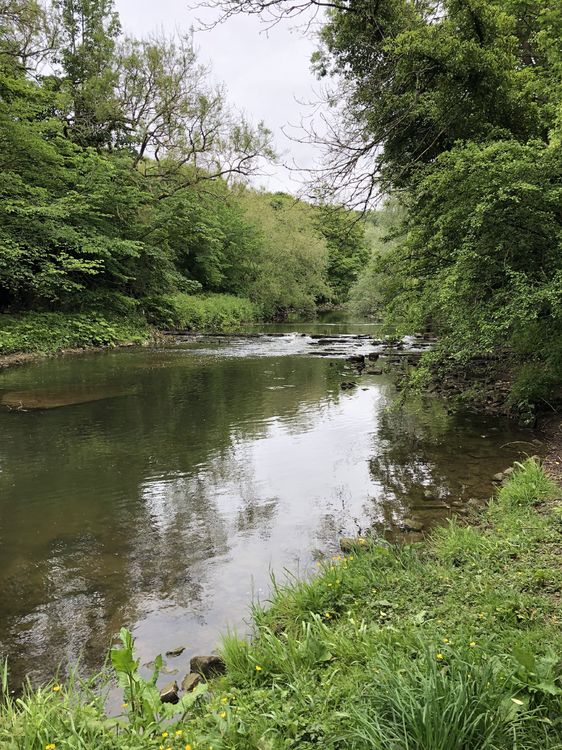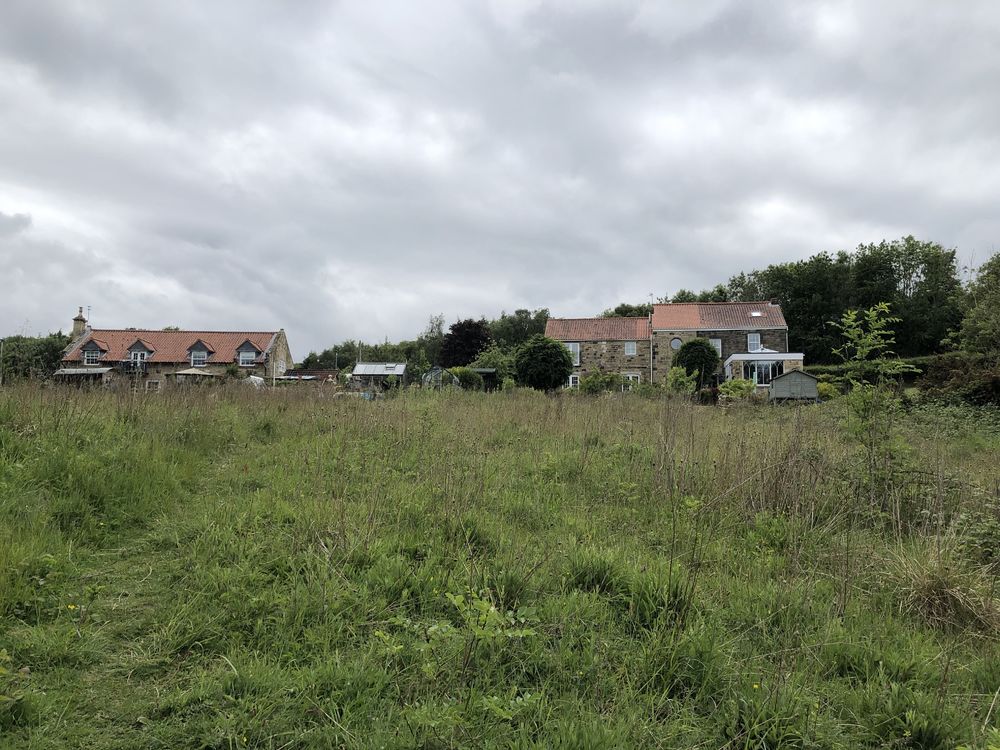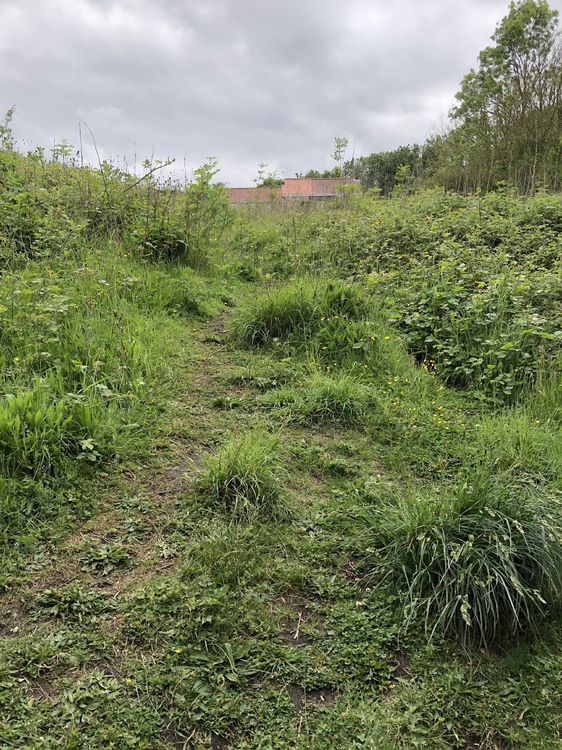Contributor Leaderboard
Popular Content
Showing content with the highest reputation on 10/06/20 in all areas
-
I was a cub from 1954 at the age of 5 until I left as a Queens scout at the age of 17 when those things that wear skirts became more interesting! During my time there the building went from a wooden hut to a brick building with the work beginning around 1964-5. The building was built by Phillipson builders who were based behind Bridge Terrace at the station. The plumbing and heating works were carried out by Henderson Plumbers who had their yard behind Jubilee Terrace. A gas boiler was installed with radiators throughout. Much better than the paraffin fuelled portable heaters with a circular wick that were used. A ladies toilet was added and a new kitchen complete with running hot water. I cannot remember the name of the electrical company at this time but may have had a shop where Sonia's is now. An electrician called Brian Metcalf may have worked on the building. I think the new building was built down to a price. The workmanship was good but the bricks used were not the best or near the best though all other materials were good quality. Money for the new building was raised via jumble sales, beetle drives, bob-a-job, raffles, carol singing at xmas and any other way possible. The only 'ghostly noises' I can think of were creaking sounds in the wooden hut when the wind blew hard. Perhaps others felt differently but I'm like eggy as regards the paranormal and I'm not frightened in the dark. That branch of the scouts was officially designated The 1st Bedlington Station, 15th Bedlingtonshire troop. Blue and yellow neckerchief's were worn as part of the uniform. Walter Gregg was chairman or president. Here's a story. On one of the weekly Friday evening meetings in the wooden hut one of the those portable paraffin heaters suddenly flared up with flames going up 3ft. One of the scouts(no names, no pack drill) grabbed a bucket of water and threw it on the heater. This is , of course, absolutely the wrong thing to do. The flame immediately went from 3ft up to the ceiling and turned along the ceiling in every direction. The ceiling was painted with gloss paint so very quickly the hall filled with black acrid choking smoke. The scouts were soon evacuating though the windows as well as the main door. The scout master grabbed a fire extinguisher and bravely got the flames under control. I don't know how he managed to withstand the conditions. The whole place stunk for months. One of the sign boards on the outside wall indicates it is still a cub/scout meeting place so must be a shared venue. My time spent in either building brings back happy memories.3 points
-
1 point
-
1 point
-
Tuesday Night - Joke Night - it's the turn of the Swedes Why don't Scandinavians need sugar? Because they already have artificial Swedeners. What’s the difference between a smart Swede and a unicorn? Nothing, they're both fictional characters Why wasn't Jesus born in Sweden? He couldn't find 3 wise men or a virgin. I asked my Swedish friend "Who are the dumbest Scandinavians? He said "Norway am I going to answer that question." Why do Swedes always drink their milk in the store? Because on the box it says "oppnas har". A Swede was reading the phonebook, "Forsberg... Forsberg... Forsberg... It's incredible how many phone numbers that guy has." A blonde Swede was sitting on a bus reading the newspaper when all of a sudden she starts to cry. The Spanish guy sitting next to her asks what's wrong and she replies that 3 Brazilian soldiers were killed in a drug bust. The Spanish man agrees that the news is very sad. After a while the Swedish blonde asks, "How many is a Brazilian?"1 point
-
I will have to start by saying I am a nonbeliever in the paranormal☺️. I did attend the cubs in the late 1950's early 60's at what was then the scout hut before you got to Waverley Drive and can't remember any stories about ghosts etc. I will have to check with my old mates to see if they are believers and have heard any stories about believers reporting ghostly noises/feelings and sightings. Am I right in saying that the hut I remember has been replaced with a new hut/building?1 point
-
Bringing us up to the present day ... The Anglo-Saxon word halig, meaning “of good augury” (a good sign/omen) or “inviolate” (free or safe from injury or bad health), was already in use in Old English and there is good evidence to support a theory that it adopted some religious significance during the Middle English period (1100-1450). We find this evidence very near to home – in Durham. William M Aird in his work, St Cuthbert and the Normans: The Church of Durham, 1071-1153 (1998), tells us of Cuthbert’s importance in defining the identity of those who lived in the “Liberty of Durham”, an area of private jurisdiction not directly administered by the king but by someone who enjoyed the same, or similar, rights – in this case the Bishop of Durham. Cuthbert, Aird says, became an important symbol of the autonomy of the area and because of this the people living there became known as the “Haliwerfolc”. Knowing what we know so far, it’s not too difficult to break that word down into its component parts: haliw-er-folc. Haliw is the OE word halig, the letter ‘g’ having been replaced by ‘w’ in an attempt to reproduce the ‘hockle’ sound which I discussed earlier. Er is a Middle English genitive implying a connection to (rather than ownership of) a thing or person and no prizes for guessing that folc means folk. From this we can see that at the beginning of the Middle English period the word halig has acquired a definite religious significance. There are some who believe there is a relationship between ‘whole’ and ‘holy’ and that the religious sense of holy may have developed from keeping believers spiritually whole. https://www.google.com/search?q=holy+etymology&rlz=1C1GGGE_svSE562SE627&oq=holy&aqs=chrome.1.69i57j35i39l2j0j46j0l2j46.8504j0j15&sourceid=chrome&ie=UTF-8 A quick peruse of the Oxford Concise Dictionary of English Etymology confirms that the roots of whole and holy are in fact the same – hal. In retrospect, “whole” and “free from injury” do have a lot in common. Barber, The English Language, a Historical Introduction (1997), notes that already at the beginning of the period, 1100 AD, a few other Anglo-Saxon words were being used in relation to Christianity, among them: eastre (Easter), derived by Bede from the name of a goddess whose feast was celebrated at the vernal equinox and hel (Hell), then meaning to cover or conceal. However, halig despite its transferred meaning is still being pronounced with the long vowel sound ‘a’, as in Harley (without the ‘r’). This pronunciation appears to have changed early in the Middle English period in a series of vowel changes which included the previously mentioned munt to mount when some short vowel sounds were lengthened. Several scholars have described these changes, and among them is the transition of the Old English long vowel sound ‘a’, as in Harley, to a different vowel sounding like ‘aw’. Scholars usually compare it to the vowel sound in law but, having heard this sound during my studies, I prefer to liken it to the same vowel sound ‘aw’ in bought but with a heavy leaning towards the Geordie pronunciation of boat. This new sound was represented in spelling by the letter ‘o’ so that halig/haliw became holig and, like Hollen, it eventually lost its last consonant. These changes, I might add, only occurred in the north of England and the reason why is as yet unexplained. My own personal theory is related to influence from the Viking invasions. Southern England continued to use ‘a’ both in speech and writing and later, towards the end of the Middle English period, we find the first recorded evidence of holy in its present form, translated from the ecclesiastical Latin, sanctus spiritus meaning Holy Ghost in the Wycliffe Bible of 1382. A further change to some long vowel sounds occurred in the following period of Early Modern English (1450-1700) – but this time only in the south, more particularly in the London area. In a process which lasted at least two hundred years, and probably the biggest ever change in the pronunciation of English, The Great Vowel Shift, as it’s come to be known, changed the pronunciation of a special group of vowel sounds – those long vowel sounds which are formed at the back of the mouth, like the ‘a’ in halig. The result was vowel sounds which were formed at the front of the mouth, like the ‘o’ in holy which halig became. This was not, however, the same ‘o’ sound being used in the north. This was the result of a completely different process. The southern ‘o’ sound was the sound we now hear in what we call the Queen’s English, or ‘posh’ English as some call it, when the word ‘boat’ is said. So, for many years we had two different pronunciations of the word holy- one sounded like Queen Elizabeth II, the other like @High Pit Wilma. It’s not really known why this major change occurred. Several theories have been put forward. The redistribution of people due to the Black Plague causing changes in the vernacular of London is one such theory, while the hoi polloi’s struggle with pronunciation of the influx of French loanwords is another. A third is a wave of nationalism which swept over England when French rule finally ceased in the fifteenth century. No one really knows. What we do know is that it added to the confusion and irregularity of English spelling in a very big way causing pronunciation and spelling to diverge even further. Many other languages have undergone a similar ‘shift’: German, Spanish, Latin and French for example, but their nations have, through spelling reforms etc. tried to bring the written language nearer the spoken. In England, there is, traditionally, no regulating body for this sort of thing so the idiosyncrasies, irregularities and difficulties of English spelling remain. Thank heavens for that, I say! Without them we would not be able to see and feel the wings of history in our language. Even though the language is constantly changing, no major changes have occurred since The Great Vowel Shift and for this reason I don’t intend to research our words, Holly, holy and mount, any further. They have, to a great extent, arrived at their modern day form and pronunciation by the end of the Early Modern English period in 1700 AD but, it was some years later that the southern variant of pronunciation became the Standard English pronunciation. This is hardly surprising as the seat of power was London. London had always been part of the dominating dialect area: first on the southern border of Mercia, then included in the East Midland dialect area which was later accepted as the standard variant of English much thanks Caxton’s printing press. There’s a saying in linguistic circles that the difference between a dialect and a language is that a language has an army and a fleet of ships. It’s true! All over the world standard languages have arisen from the adoption of the dialect spoken in the areas of power, administration and finance – the capital cities. Time to move on to Bedlington now and a question: Does anybody know of any map of Bedlington before 1806? If you do I’d love to hear about it. To be continued ….1 point


.thumb.jpg.7493ddab4a696108cf2b849323d3c155.jpg)



